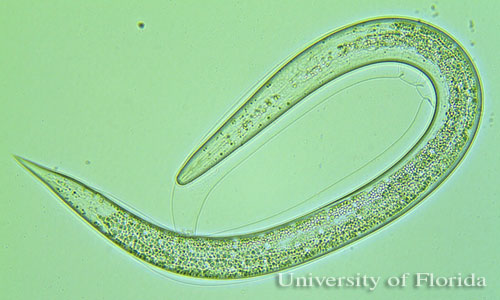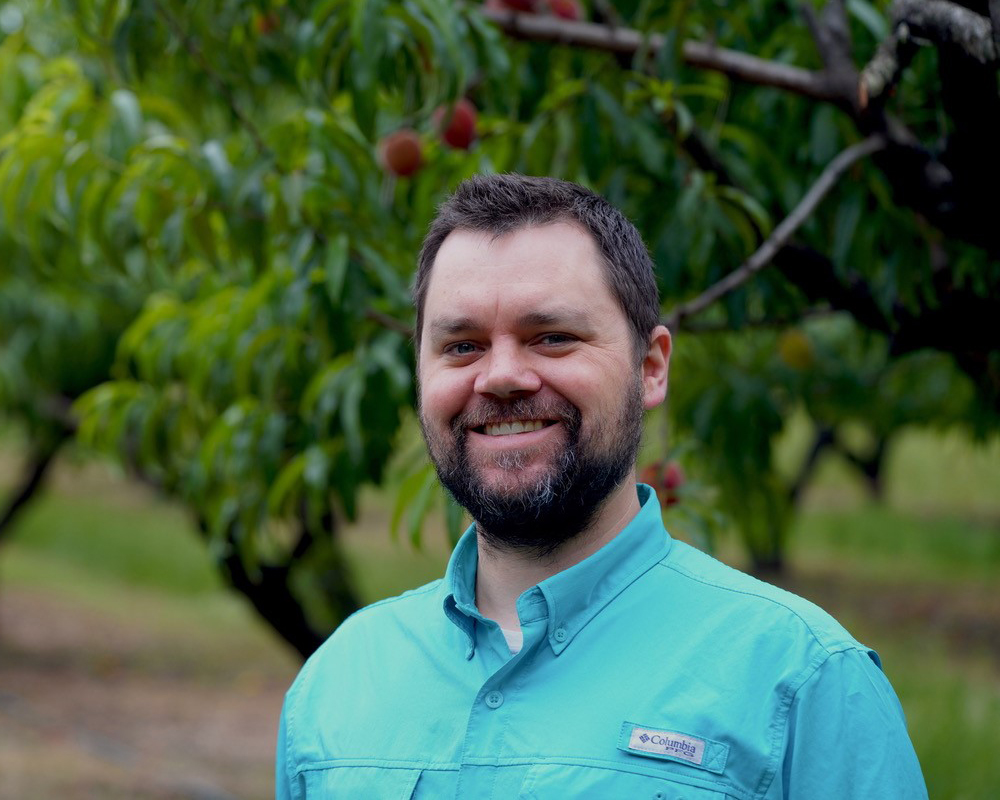By Clint Thompson
Peach producers who have problems with peachtree borer insects should consider nematodes as a management option.

No, not the harmful worms that can devastate plants. These are entomopathogenic nematodes that seek and destroy the borer insects, says Brett Blaauw, assistant professor at the University of Georgia (UGA) College of Agricultural and Environmental Sciences.
“If growers have peachtree borer problems, nematodes are really something they should look into,” Blaauw said. “They work both preventatively and curatively, because once they get into that soil, they seek out those larvae to attack. Something like a contact insecticide like chlorpyrifos, the larvae or the adults have to touch that insecticide in order to kill it. If the larvae are already in the soil, the insecticides aren’t going to do anything.”
The Environmental Protection Agency’s (EPA) decision to ban the use of the pesticide chlorpyrifos on all food crops has forced peach producers to consider alternative management solutions. It was used often in peaches for peach tree borer, lesser peach tree borer and San Jose Scale.
The beneficial nematodes are an option but also only under the right conditions. Moisture is a requirement for the nematodes to be deployed effectively.
“Irrigation is the biggest limiting factor, having that moisture in the soil to keep the nematodes alive long enough for them to find the borer larvae. They can persist in moist soil for a while, but as soon as it dries up, because they’re microscopic little roundworms, they’re going to dry up as well,” Blaauw said.
The soil should be kept moist during application and for the following two weeks.
Based on research trials, nematodes provide just as effective of treatment as chlorpyrifos. A rate of 0.5 to 1 million nematodes should be deployed around the base of the tree in September.










